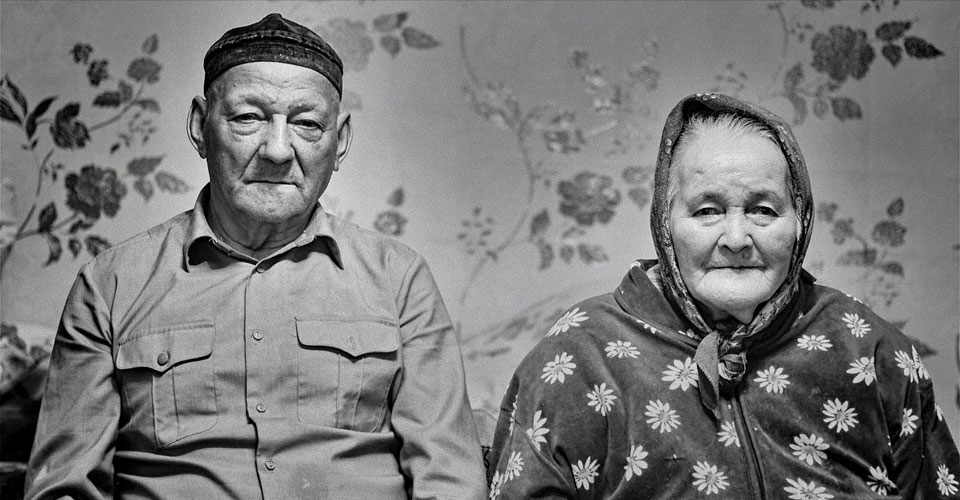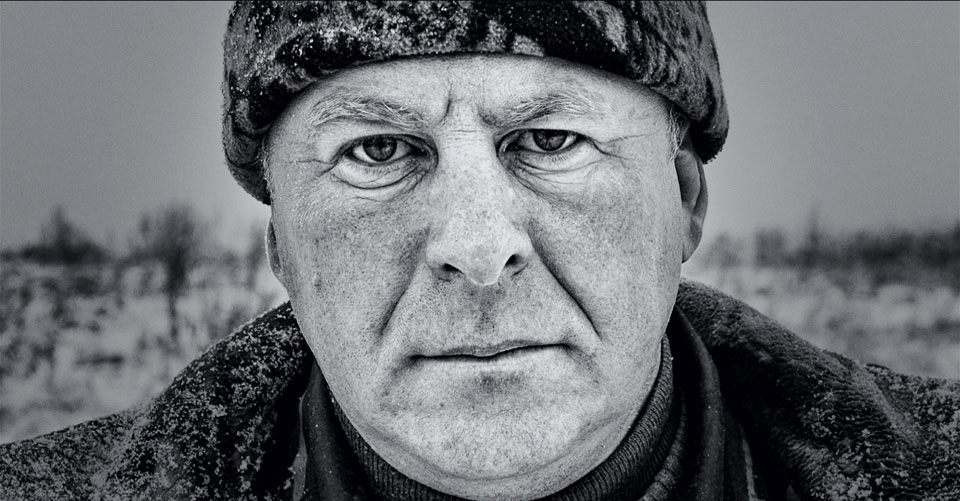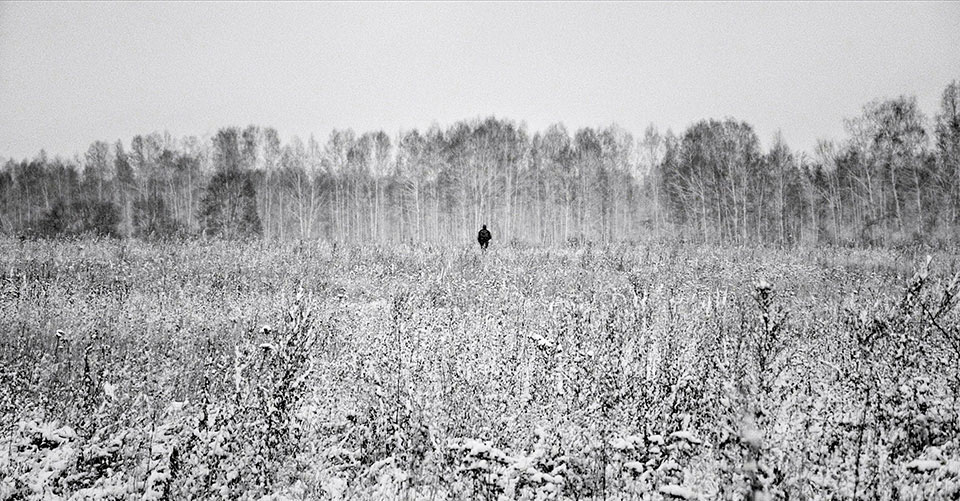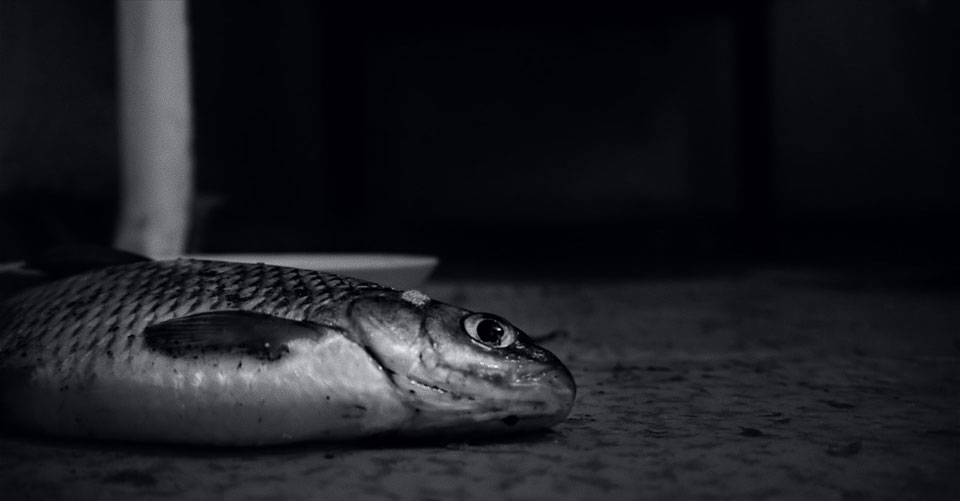Soviet nuclear disasters film opens in Copenhagen
A film about the impact of a series of nuclear accidents in Russia’s southern Urals was screened at CPH:DOX, a documentary festival in Copenhagen this week. Metamorphosen (2013) by director Sebastian Mez is a tragic piece about environmental devastation, in this case the result of a series of accidents at Mayak, one of Russia’s largest nuclear facilities. The area surrounding the plant is “the most radioactively polluted place on earth”, according to the Worldwatch Institute, a US-based environmental organisation.
However, unlike the disasters at Chernobyl or Fukushima, the radioactive explosions at Mayak were kept under wrap throughout the Soviet Union. The worst incident occurred on 29 September 1957 when a tank containing highly radioactive waste exploded at Mayak, an accident that was only revealed 30 years later during perestroika.
Shot in black-and-white, the snowy landscape in the southern Urals is overlaid by recordings of locals who recall among other events the time when the Techa River turned green. Occasional close-ups, showing their faces, have a powerful and haunting affect. The one optimistic note running throughout the film come from interviews with people, such as Andrei, a forest guard, who have dedicated their life to the protection of the natural environment in the area near Mayak.
Elsewhere in the festival, a selection of films curated by Chinese artist Ai Weiwei included several masterpieces of Russian cinema such as Andrei Tarkovsky’s Andrei Rublev (1966) and The Fall of the Romanov Dynasty by pioneering female Soviet filmmaker Esfir Shub. The festival runs until 17 November in various locations in Copenhagen.



